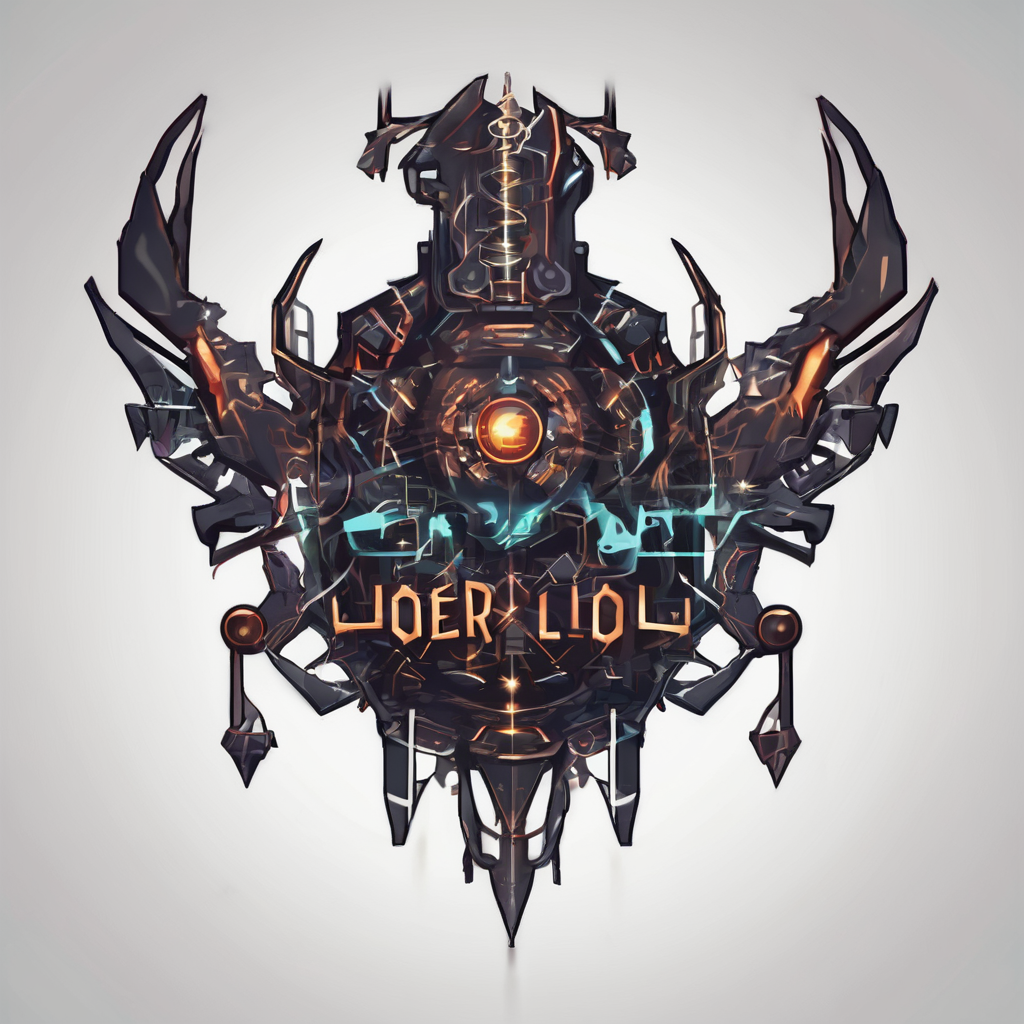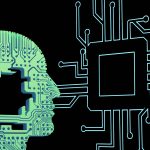In the age of digital transformation and the rise of remote and virtual teams, leveraging technology to facilitate team collaboration and productivity has become inevitable. Key among these technologies is the artificial intelligence-powered platform designed to enhance team collaboration in remote work settings. This article will walk you through the steps to develop a secure AI-driven platform for remote work collaboration, while also discussing the importance of data management, time communication, and task coordination in this context.
Understanding the Need for an AI-driven Collaboration Platform
Before we delve into the steps to develop an AI-driven collaboration platform, it’s essential to understand why such a platform is necessary. In today’s business landscape, remote teams are becoming increasingly common. This trend has led to an urgent need for tools that support efficient collaboration and communication. Besides, the large amounts of data generated by these teams require intelligent tools for effective management.
Also to read : How to create a secure environment for AI model development using Docker containers?
An AI-driven platform can help meet these needs by providing tools that enhance productivity, facilitate seamless communication, improve data management, and support the efficient execution of tasks. Additionally, AI technology can introduce a degree of automation, reducing the burden on team members and allowing them to focus on their core responsibilities.
Step 1: Identify the Essential Features
The first step in developing a secure AI-driven platform for remote work collaboration is to identify the essential features that such a platform should have. These features are largely dictated by the needs of the employees and the nature of the tasks that the team needs to perform.
Also to read : How can AI improve the accuracy of predictive maintenance in oil and gas industries?
Key features might include tools for time management, a system for assigning and tracking tasks, communication tools, and data management tools. It may also include machine learning algorithms to analyze patterns and make recommendations, such as optimal task allocation or the best time for meetings.
Step 2: Developing the AI-powered Features
Once you have identified the essential features, the next step is the development of these AI-powered features. This step involves designing and implementing machine learning algorithms to handle tasks such as data analysis, task allocation, and time management.
Machine learning is a subset of AI, where the system learns from data and makes decisions without being explicitly programmed to do so. For instance, an algorithm could learn from past data about team performance to predict future performance and make recommendations for improvement.
Step 3: Ensuring Security and Privacy
One of the critical aspects of developing an AI-driven platform for remote work collaboration is ensuring the security and privacy of the data being processed. This factor is especially vital as the platform will likely handle sensitive information, including internal communications, project details, and employee data.
Security measures might include data encryption, secure login mechanisms, access control, and regular security audits. Privacy considerations could involve anonymizing data before it is processed by AI algorithms and ensuring that sensitive information is not inadvertently exposed.
Step 4: Testing and Iteration
The final step in developing a secure AI-driven platform for remote work collaboration is testing and iteration. This process involves testing the platform in a real-world scenario to identify any flaws or areas for improvement.
Testing might involve a small group of users initially, gradually expanding to include more users and more varied use cases. Feedback from these tests can then be used to refine and improve the platform, ensuring it meets the needs of the users and provides a secure, efficient tool for remote work collaboration.
In conclusion, developing a secure AI-driven platform for remote work collaboration involves several steps, including identifying essential features, developing AI-powered features, ensuring security and privacy, and testing and iteration. By following these steps, you can create a platform that supports your team’s needs and enhances productivity while providing a secure and private environment for collaboration.
Step 5: User Training and Support
After developing and fine-tuning your AI-driven platform, the next critical step is user training and support. This phase is often overlooked but can make a significant difference in how effectively your platform is adopted and used.
Providing detailed training materials, tutorials, and user manuals is essential to help users understand the platform’s capabilities and how it can improve their daily activities. Consider using various formats, like video tutorials, written guides, and FAQs, to cater to different learning styles. It’s also beneficial to create a platform or process where users can ask questions and receive prompt responses.
Moreover, bear in mind that AI systems are inherently complex. Users may not fully understand how the AI makes decisions or suggestions. Therefore, offering transparent explanations about how the AI works (in a simplified, non-technical language) can help build trust and confidence in the platform. This transparency also extends to how the platform handles and protects user data, further underlining the commitment to privacy and security.
Finally, ongoing user support is crucial. As users start using the platform, they might encounter challenges or identify areas for improvement. By providing a channel for user feedback and having dedicated support teams, the platform can continuously evolve and improve more accurately and efficiently.
Step 6: Continuous Improvement and Scaling
The development of a secure AI-driven platform for remote work collaboration is not a one-time process. It should be viewed as a continual cycle of improvement. In line with the feedback received from users, the platform should be continuously refined, enhanced, and scaled to meet evolving business needs.
For instance, as the platform is used, the AI algorithms will generate more data that can be used to improve their accuracy and efficiency. This is known as machine learning, where the AI system learns from its interactions and adapts over time.
Additionally, the platform might need to be scaled up to accommodate more users or handle more complex tasks as the company grows. This scaling should be done strategically, ensuring that the platform’s performance is not compromised and that security remains robust.
The goal should always be to increase productivity, facilitate seamless collaboration, and provide a secure environment for remote work. Therefore, continuous monitoring, evaluation, and iteration are indispensable to ensure that the platform remains relevant, efficient, and secure.
Developing a secure AI-driven platform for remote work collaboration is a multifaceted process. It involves understanding the need for such a platform, identifying essential features, developing AI-powered tools, ensuring security and privacy, providing user training and support, and continuously improving and scaling the platform. By carefully following these steps, businesses can leverage AI to enhance productivity, streamline collaboration, and secure their data, all while meeting the unique needs of their remote workforce. The result is a more efficient, motivated, and connected team, ready to tackle the challenges of a modern, digital workspace.











